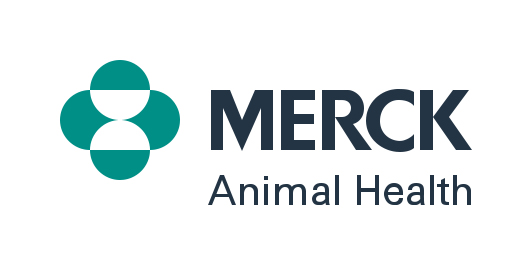
U.S. Consumption of
animal protein remains high
A majority of consumers eat meat, seafood, dairy products or eggs multiple times a week with dairy and chicken/turkey consumed the most.1
Percent of people who eat meat, seafood, dairy or eggs one or more times a week.
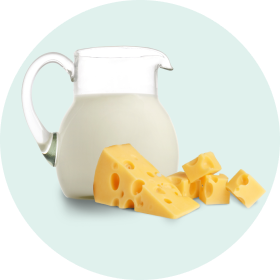
81%
Dairy

71%
Chicken/Turkey

62%
Eggs
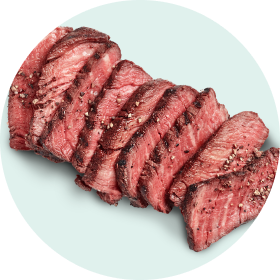
59%
Beef
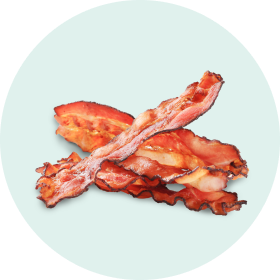
31%
Pork

22%
Seafood
Animal protein remains firmly on U.S. consumer plates, but there are concerns.
2 in 3 consumers express concern about
PRODUCT QUALITY, CONSISTENCY and FRESHNESS

67%
67% of consumers are concerned about animal housing, including space to express natural behaviors

63%
Food safety is a concern for 63% of consumers

51%
Just over half of consumers say animal welfare is a concern when purchasing animal protein

44%
Antibiotic and hormone use is concerning to 44% of consumers

36%
The environmental impact of meat and seafood is a concern for 36% of consumers
When it comes to animal welfare, MOST IMPORTANT to consumers are:
Farm animals’ access to veterinary care, vaccinations and treatment for illness when needed

Overall farm animal nutrition, comfort, care and handling

Verification of farm practices by food processors and brands
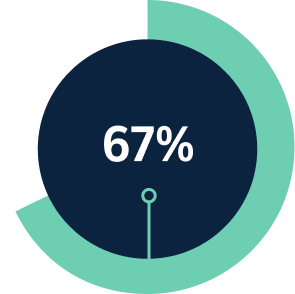
Animal housing, adequate space to express natural behaviors and enrichment

Women care up to 17% more about animal welfare than men.
Meat & seafood transparency is IMPORTANT to consumers …
Traceabilty benefits rated extremely or very valuable
Nutritional information of meat and seafood for specific dietary choices
69%
Farm animal well-being and care practices, including veterinary oversight
65%
Environmental impact of meat and seafood from farm to table
57%
Knowing the farm and farmers
47%
… so is farm-to-table TRACEABILITY
Traceabilty benefits rated extremely or very valuable
Improved food safety
81%
Verification of label information and claims
75%
Assurance of product quality
68%
Validating animal care and farm practices
65%
Validating sustainability claims from the individual farm
60%

Younger consumers (ages 18-34) and women (all ages) value the benefits of traceability more than older generations and men.
BETTER YET IS TRACEABILITY THROUGH TECHNOLOGY
The more people know, the more confidence they have eating meat and seafood — technology makes it possible

Top ways to create consumer confidence:
1
Complete farm-to-table traceability to verify farm origin, product quality, animal care and environmental claims
2
Farmers’ use of smart technology to monitor each animal’s health 24/7
3
Technology to track information to the individual animal or farm
4
Vaccination of farm animals to prevent illness, resulting in healthier and more sustainable animals
TECHNOLOGY IS MORE IMPORTANT TO YOUNG CONSUMERS
Armed with more information, younger people (ages 18-34) are likely to feel up to 18% more confident about their meat and seafood purchases than those 55+.
Transparency + Traceability = Trust
Consumer Transparency & Traceability Preferences
The infographic data are the results of an August 2024 Merck Animal Health consumer transparency research study, conducted by Fountainhead Brand Strategy, with 992 consumers who represent the U.S. adult census and have eaten meat, fish, eggs, or dairy in the last month. For this survey, traceability was defined as the ability to track food and ingredients as they move from farm to table.
References
1Merck Animal Health. Research on file. U.S. Consumer Transparency and Traceability Omnibus Research Report Wave 2. August 2024.
